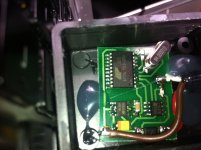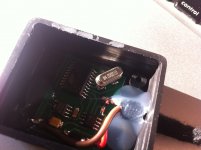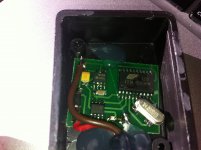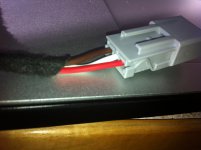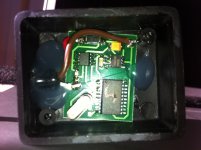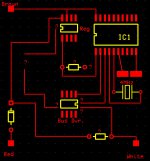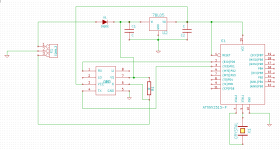Right everyone, after having problems a long time with the airbag light, I decided to get the simulator. Haven't drawn a schematics of it but hope the photos will be enough. I can confirm that it does work and now I have no airbag failures  happy days
happy days
There are 2 resistors in there (I think they are resistors) with no writing and have no clue what Ohms they are.
Here are the photos:
There are 2 resistors in there (I think they are resistors) with no writing and have no clue what Ohms they are.
Here are the photos:


